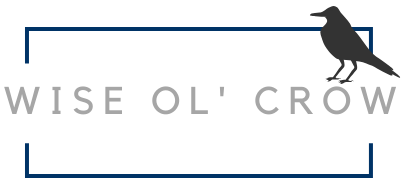Running the Numbers: How Much Money Should You Put in Your 401(k)?

When you first have a job with access to retirement savings with a 401(k), it can be difficult to determine how much of your check to set aside for your golden years. Even if you have been dutifully contributing to your account for a decade or more, you might be unsure about whether your savings will be enough to sustain your retirement. Use these benchmarks to see if your 401(k) investments are on track for a financially sound future.
Know the Basics

While the answer about how much to put in a 401(k) is different for everyone, two key principles hold true for most investors. First, make sure you make the minimum contribution to qualify for your employer's matching program if available. Otherwise, you're leaving money on the table.
For example, let's say your employer matches up to 5% of your salary in 401(k) contributions. If you earn $80,000 per year and contribute 5% ($4,000), the company will also put $4,000 into your retirement investments.
Once you qualify for matching funds, max out your annual Roth IRA contribution to diversify your retirement savings. You can withdraw these funds without paying taxes in your retirement years.
You should also be aware of the annual contribution limits for 401(k) accounts. The IRS allows employers to set aside up to $19,500 in this investment vehicle for 2021, or up to $26,000 for taxpayers ages 50 and older.
Consider the Percentage Rule

Many financial experts use 10 to 15% of your annual salary as a rule of thumb to determine your 401(k) contribution. In other words, if you earn $80,000 per year, plan to save $8,000 to $12,000 through payroll deduction. Consider bumping it up to 20 or even 25% if you have lofty retirement goals that include travel, philanthropy, or just costly hobbies and interests.
Another option? Take a set-it-and-forget-it approach by automatically increasing your contribution by a percentage point or two each year up to the maximum. Even if you can only afford to invest 1% of your salary at age 25, you could increase that amount to 11% by 35 with an automatic boost of just 1% a year.
[insert page='Offer' display='content']
Adjust for Age

In addition to considering your plans for retirement when deciding on a percentage to contribute, think about your savings in relation to your age. If you are 50 or older and don't have as much money socked away as you'd like, boost your 401(k) investment to 30% or more if possible. If you are well ahead of your retirement goals in your 30s, you might want to divert funds to other financial objectives.
Try this calculation: Set a retirement savings goal to match your salary by age 30, reach 200% of your salary by age 35, and reach 400% of your salary by age 45. Ideally, you should save 10 times your annual earnings by age 67, or $800,000 using the $80,000 example above.
Refine Your Budget

While retirement savings should be a key priority for your money, it's not the only goal. Make sure your 401(k) contributions don't prevent you from building a healthy emergency fund. Financial gurus recommend having three to six months of expenses set aside in case of job loss, illness or other unforeseen circumstances.
The bottom line? U.S. News and World Report says that if you save 7% of your salary in a 401(k), you're ahead of the curve. Only about 21% of 401(k) contributors set aside more than 10%.
While this guide offers a starting point to open or update your 401(k), the right answer to the question of "Am I contributing enough?" is different for everyone. At some point early in your career, discuss your portfolio with a certified financial advisor to create a blueprint that reflects your needs, situation, lifestyle and goals.
